Знакомство
Иглы для впрыска химикатов имеют решающее значение для добавления химических веществ в трубопроводы высокого давления в нефтегазовой промышленности. Они помогают обеспечить бесперебойную работу оборудования и продлить срок службы. Операторы используют эти иглы для подачи важных химических веществ, таких как метанол, в поток масла. Это предотвращает образование ледяных гидратов и поддерживает хорошую работу нефтяных скважин.
Эти иглы плотно прилегают к трубопроводам, чтобы избежать утечек даже при высоком давлении. У них есть специальный насос для точного добавления химикатов или отбора проб. Наша команда экспертов всегда готова помочь вам понять и выбрать правильные перья для ваших нужд.
Выбор режима игл для впрыска химикатов EMT
| Модель | ||||||||||||||||||||||||||||
| СИ | Фитинг для доступа к иглам для впрыска химикатов | |||||||||||||||||||||||||||
| -Код | Затычка | |||||||||||||||||||||||||||
| Пх | Тип | Материал | Уплотнительный материал | |||||||||||||||||||||||||
| 0 | Нет запроса | 0 | КС | 0 | Нет запроса | |||||||||||||||||||||||
| 1 | Корпус полой свечи | 1 | 316SS | 3 | СХД | 1 | Уплотнительное кольцо из витона / первичная набивка из ПТФЭ | |||||||||||||||||||||
| 2 | Прочный корпус вилки | 2 | 316ЛСС | 4 | ИНКОНЕЛЬ | 2 | HNBR | |||||||||||||||||||||
| Код | Инжекторная гайка | |||||||||||||||||||||||||||
| Нхх | Размер соединения | Материал | ||||||||||||||||||||||||||
| 0 | т.е. нет запроса | 0 | i.e. CS | |||||||||||||||||||||||||
| 1 | т.е. 1/4" | 1 | т.е. 316SS | 3 | т.е. DSS | |||||||||||||||||||||||
| 2 | т.е. 1/2" | 2 | т.е. 316LSS | 4 | т.е. ИНКОНЕЛЬ | |||||||||||||||||||||||
| –Код | Инъекционная трубка | |||||||||||||||||||||||||||
| Схх-Лк" | Размер соединения | Материал | Сопло | Размер линии (x") | ||||||||||||||||||||||||
| 0 | Нет запроса | 0 | КС | 0 | т.е. нет запроса | Наиболее эффективное положение для впрыска обычно находится в центре трубы | ||||||||||||||||||||||
| 1 | т.е. 1/4" | 1 | т.е. 316SS | 1 | т.е. открытый | |||||||||||||||||||||||
| 2 | т.е. 1/2" | 2 | т.е. 316LSS | 2 | т.е. перо | |||||||||||||||||||||||
| 3 | т.е. DSS | 3 | i.e. Cap & Core | |||||||||||||||||||||||||
| 4 | т.е. ИНКОНЕЛЬ | |||||||||||||||||||||||||||
| –Код | Ниппель и клапан (или концевой фланец) тройника | |||||||||||||||||||||||||||
| Тхх | Размер соединения | Материал | ||||||||||||||||||||||||||
| 0 | т.е. нет запроса | 0 | i.e. CS | |||||||||||||||||||||||||
| 1 | т.е. соска 1/4" | a | т.е. 1/4"ниппель и клапан | 1 | т.е. 316SS | |||||||||||||||||||||||
| 2 | т.е. 1/2"Ниппель | b | т.е. 1/2"ниппель и клапан | 2 | т.е. 316LSS | |||||||||||||||||||||||
| 3 | т.е. 3/4"Ниппель | c | т.е. ниппель и клапан 3/4" | 3 | т.е. Д СС | |||||||||||||||||||||||
| 4 | т.е. 1"Сосок | d | т.е. 1"Ниппель и клапан | 4 | т.е. ИНКОНЕЛЬ | |||||||||||||||||||||||
| 5 | т.е. фланец 1/4 дюйма | e | т.е. фланец с концом ниппеля 1/4 дюйма | |||||||||||||||||||||||||
| 6 | т.е. фланец 1/2 дюйма | f | т.е. фланец с концом ниппеля 1/2" | |||||||||||||||||||||||||
| 7 | т.е. фланец 3/4"Фланец | g | т.е. фланец с ниппельным концом 3/4 дюйма | |||||||||||||||||||||||||
| 8 | т.е. фланец 1"Фланец | h | т.е. фланец с концом ниппеля 1 дюйм | |||||||||||||||||||||||||
P221: например, прочный корпус заглушки в уплотнительном кольце из витона 316LSS и первичной упаковке из ПТФЭ N12: например, размер соединения инжекторной гайки составляет 1/4 дюйма, а материал - 316LSS, S122: например, впрыск Размер соединения трубки составляет 1/4 дюйма, а материал - 316LSS. Тип насадки – иглы L4":Для трубы 4". T22: Размер соединения ниппеля тройника 1/2 дюйма, материал ниппеля 316LSS | ||||||||||||||||||||||||||||
Параметры игл для впрыска химикатов EMT
Имя | Фитинг для доступа к иглам для впрыска химикатов | |
| Материал | Нержавеющая сталь 304, Нержавеющая сталь 316, DSS F51, Углеродистая сталь A105N, а также Инконель 625 | |
| Рабочая температура | -20~+120°C | |
| Функции | Во-первых, он прост в эксплуатации | |
| Во-вторых, долгий срок службы и высокая точность | ||
| Наконец, низкая стоимость и высокая эффективность | ||
| Уплата | ТТ/ЛК | |
| Преимущества | Во-первых, легкий и гибкий | |
| Во-вторых, отличная эффективность впрыска | ||
| Наконец-то точное отслеживание местоположения |
Типы сопел для впрыска химических игл
Иглы для впрыска химикатов оснащены четырьмя форсунками, предназначенными для различных задач. Параллельная форсунка впрыскивает химические вещества непосредственно в соответствии с потоком, мгновенно смешивая их. В отличие от этого, перпендикулярная форсунка распыляет химикаты поперек потока для лучшего перемешивания. Открытая форсунка позволяет химическим веществам свободно поступать в поток, удовлетворяя потребности больших объемов. Наконец, перо для отбора проб отбирает пробы трубопровода, необходимые для проверки качества.
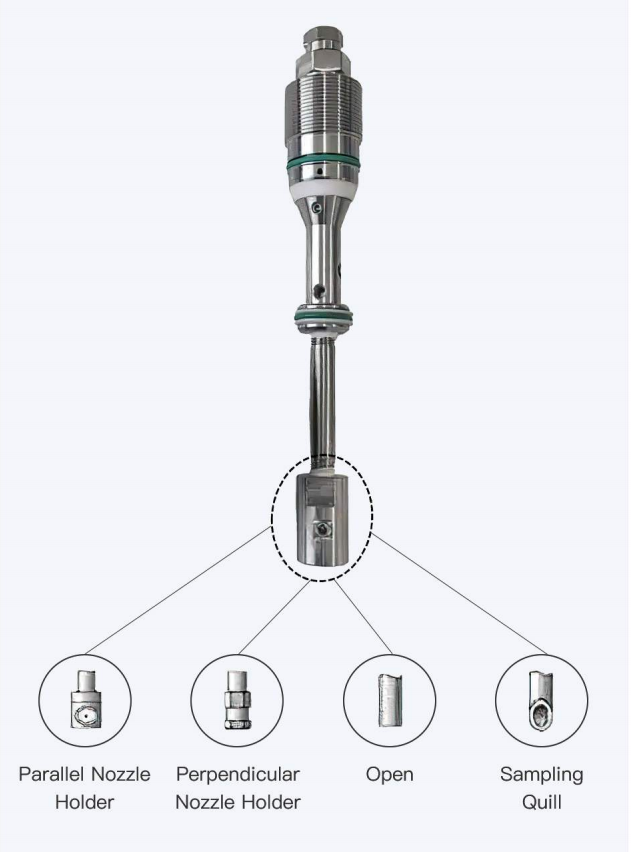
Применение химических игл для литья под давлением
Иглы для впрыска химикатов впрыскивают химикаты в трубопроводы для предотвращения коррозии. Они помогают предотвратить засорение, поддерживая трубы в чистоте. Иглы равномерно перемешивают химикаты в протекающие вещества в трубах. Они также защищают стенки трубопроводов от агрессивных химических веществ. Вы можете использовать иглы для добавления химических веществ для защиты от замерзания, таких как метанол. Они обеспечивают бесперебойную работу в нефте- и газопроводах. Иглы помогают в контролируемом дозировании химикатов для оптимизации процессов. Они имеют решающее значение для поддержания качества и безопасности трубопроводных систем.
Предотвращение коррозии
Нефтегазовая промышленность: Иглы доставляют ингибиторы коррозии непосредственно в трубопроводы, предотвращая ржавчину и обеспечивая долговечность инфраструктуры.
Очистка воды: В линиях транспортировки воды в иглы добавляются антикоррозионные агенты для защиты от деградации труб.
Очистка трубопроводов
Нефтехимические заводы: Впрыскивая растворители и моющие средства, иглы помогают растворять и вытеснять отложения, поддерживая четкие линии для транспортировки продукта.
Очистка сточных вод: Иглы вводят чистящие средства для предотвращения засорения и поддержания эффективности потока в системах управления отходами.
Химическое смешивание
Химическое производство: Иглы используются для точного дозирования и тщательного смешивания реагентов в технологических потоках.
Продукты питания и напитки: Они обеспечивают равномерное распределение консервантов или добавок в линейках продуктов.
Защита оборудования
Нефтеперерабатывающие заводы: Иглы впрыскивают нейтрализующие химикаты для защиты оборудования от кислотных или едких веществ.
Фармацевтические препараты: Они добавляют буферные агенты в технологические линии для поддержания целостности оборудования и чистоты продукции.
Защита от замерзания
Трубопроводы природного газа: метанол или этиленгликоль впрыскиваются для предотвращения образования гидратов в холодном климате, обеспечивая свободный поток газа.
Морская промышленность: Химические антифризы вводятся в системы, которые подвергаются воздействию отрицательных температур для предотвращения обледенения.
Оптимизация процессов
Экстракция масла: Точное дозирование химикатов помогает отделить масло от других веществ, улучшая процесс экстракции.
Очистка воды: Иглы добавляют точное количество дезинфицирующих средств для очистки питьевой воды, оптимизируя очистку.
Обеспечение качества и безопасности
Выработка электроэнергии: Они поддерживают химический состав воды в котлах, обеспечивая безопасность и эффективность.
Аэрокосмическая и автомобильная промышленность: Иглы впрыскивают определенные химические вещества в топливные или смазочные трубопроводы для поддержания качества и производительности двигателей.


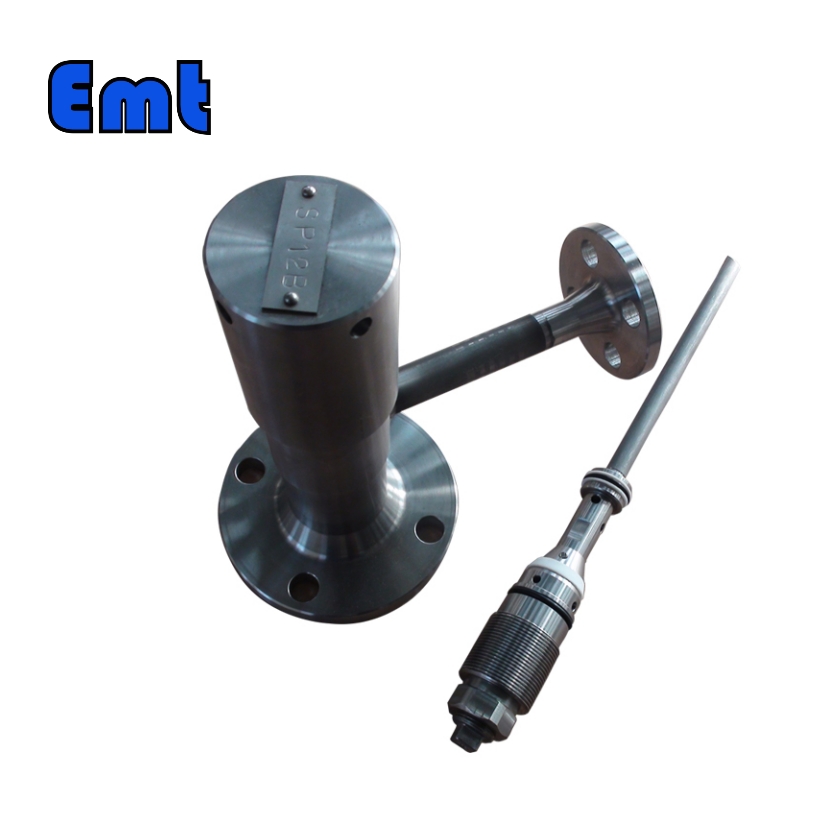
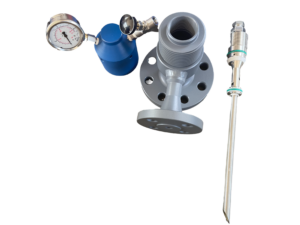
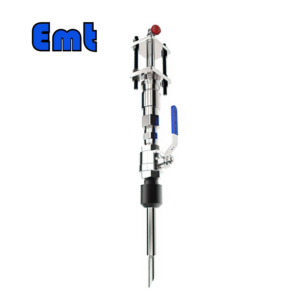
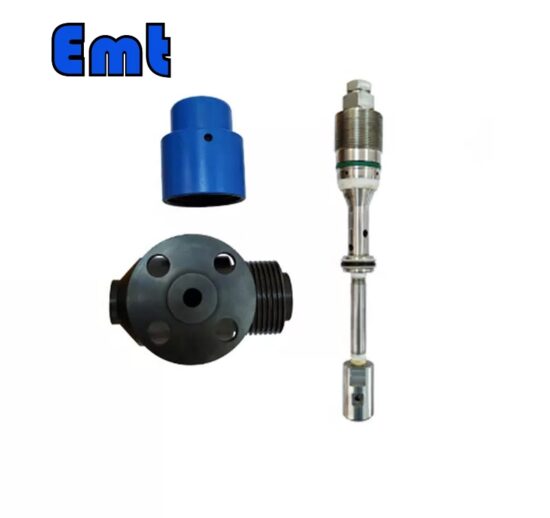
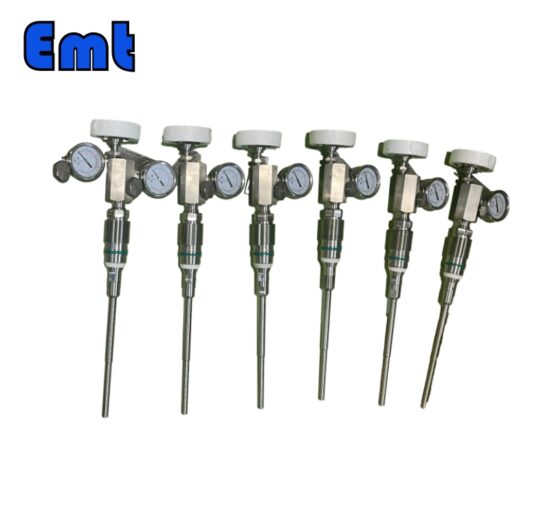
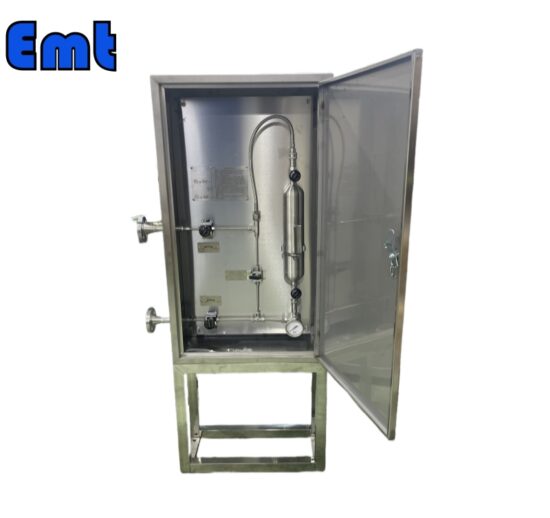
Отзывов пока нет.